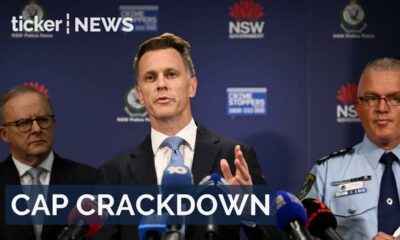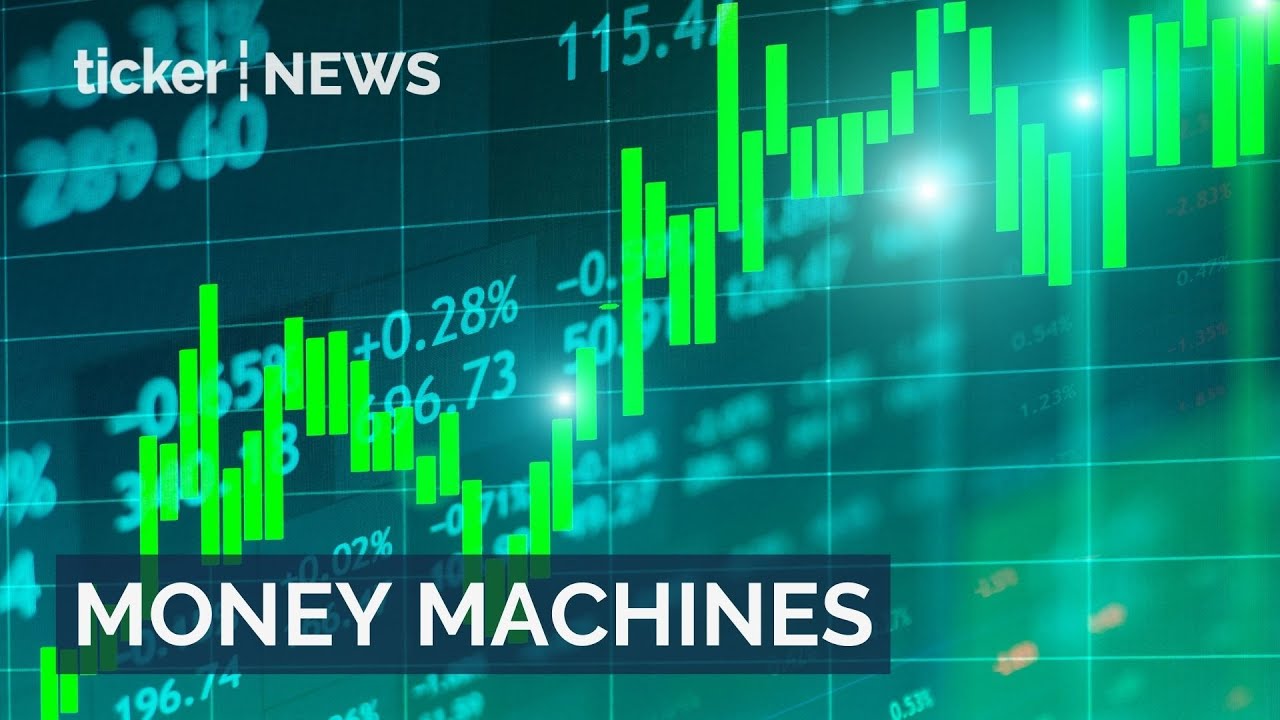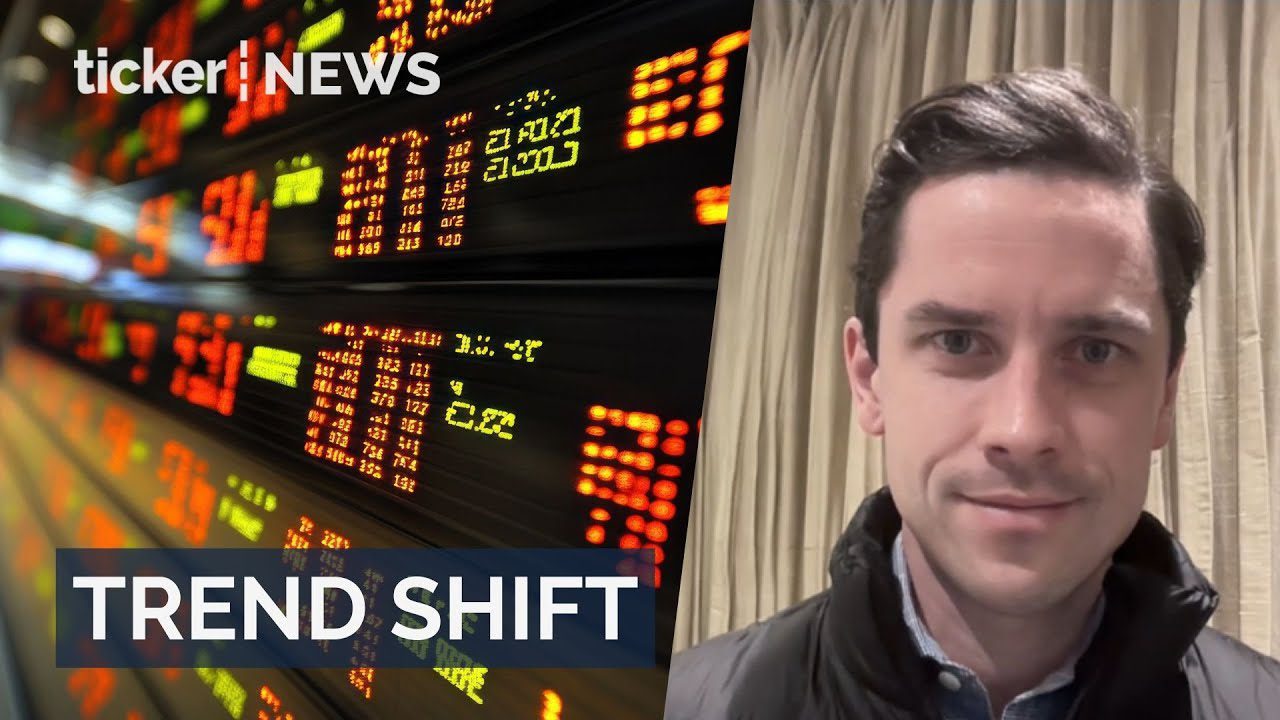On his return to the White House, candidate Donald Trump campaigned on a 60 per cent tariff on all Chinese goods, and also flagged an across the board rise of 10 per cent for every other country.
Now reality has set in with President Trump imposing tariffs by executive order. Tariffs are, as British economist Joan Robinson once said, “Like putting rocks in your own harbour” but Trump believes they are politically popular, especially in blue-collar working-class areas that voted for him in record numbers, eschewing the Democrats.
But there have been surprises. President Trump almost as soon as he came to office for a second time, imposed a 25 per cent on US allies, trading partners and neighbours Canada and Mexico, but only 10 per cent for Trump’s usual target, China. Trump linked the tariff rises to illegal immigration and fentanyl (a drug thought to be smuggled from China and India to Canada and Mexico and then across the border into the United States). But after conversations with Mexican President Claudia Sheinbaum and Canadian Prime Minister Justin Trudeau, the tariffs were ‘paused’ after both Mexico and Canada agreed to increase resources to help stem the flow of illegal immigrants and drugs from their side of the border.
Similarly, in the case of Colombia, illegal Colombian immigrants were flown back to Bogota from the USA, and the tariffs on Colombian coffee were also rescinded.
Steel tariffs
Now, steel and aluminium have been flagged by President Trump, as he flew on Air Force One to the Superbowl after a round of golf with Tiger Woods. Trump announced 25 per cent on steel, and aluminium across the board to attempt to return the US steel industry to its glory days. With steel country, in states like Pennsylvania being crucial to Trump’s electoral revival no wonder steel is a focus for the Trump 2.0 administration.
This caused shockwaves around the world, including Australia that exports steel and aluminium to the USA. However, it shouldn’t be much of a surprise given Trump clearly campaigned on tariffs for key manufacturing sectors and US industries like steel that he wanted to ‘make great again’.
Whilst most of Australia exports go to China and the rest of Asia now, the USA still an important economic partner, in investment at least as much as trade. And of course, we Australia has a strong alliance with the USA, AUKUS and the Australia USA free trade agreement (AUSFTA) which was meant to be ‘celebrating’ its 20th anniversary this year.
Australian exemption
But will Australia receive an exemption? In the last Trump administration, they were granted an exemption on 25 per cent steel tariffs and 10 per cent on aluminium. We got an exemption last time this happened, can we get an exemption again?
One reason for the exemption is that Australian steel giant BlueScope actually has much of its production in the USA. In fact, it’s share price rose on the back of the Trump announcement. Other players like Rio Tinto also has a North American presence. But regardless, the impact on iron ore exporters selling to China would be badly impacted by a global tariff on steel. Similarly, aluminium exporters like Alcoa, would have to divert its exports between Australia and North America depending on when and where the tariffs are imposed.
Last time the Australian Ambassador was Joe Hockey, this time it’s Kevin Rudd. Rudd’s knowledge of China is certainly useful around Washington, but will he be able facilitate concessions from an emboldened and confident Trump administration? Or can Prime Minister Albanese do so in direct discussions? Let’s hope so for the sake of the American and Australian worker, consumer, and manufacturing sectors.
*Tim Harcourt is Industry Professor and Chief Economist at IPPG, at the University of Technology Sydney (UTS) and host of The Airport Economist channel on Ticker News:
Tim is also a former Chief Economist of the Australian Trade Commission (Austrade).




 News3 days ago
News3 days ago


 Shows3 days ago
Shows3 days ago


 News2 days ago
News2 days ago


 News4 days ago
News4 days ago


 Ticker Views4 days ago
Ticker Views4 days ago


 News2 days ago
News2 days ago


 News3 days ago
News3 days ago


 News3 days ago
News3 days ago





